'Vintage has become its own luxury status symbol': The rise of 'archival fashion'
 Serenity Strull/ Getty Images
Serenity Strull/ Getty ImagesAs London fashion week kicks off, 'trophy vintage' is increasingly sought after. Samina Virk, US CEO of fashion resale site Vestiaire Collective, on how pre-loved has become a fashion go-to – even for Netflix's Emily in Paris.
When Bella Hadid wore a vintage white Gucci gown at the Cannes Film Festival in 2022, she picked a dress that was older than she was. Made by designer Tom Ford during his tenure at the Italian fashion house, the white long-sleeved gown debuted on a Milan catwalk in the winter of 1996 – about 10 months before Hadid was even born.
"Vintage has become its own luxury status symbol," says Samina Virk, the US CEO of Vestiaire Collective, a global marketplace for pre-owned designer fashion. "It's not always about what's new anymore. Sometimes it's about what's old and hard to find." Virk says shoppers are currently combing Vestiaire's site for "archival Gucci," along with Prada, Miu Miu and Saint Laurent. ("Archival" is an unofficial fashion term. It basically means "older than 10 years, and also famous enough that you remember it from a red carpet or ad campaign.") "Trophy vintage" is another moniker used to describe these iconic, sought-after pieces, with Emily Ratajkowski among the celebrities to have favoured the pre-loved route.
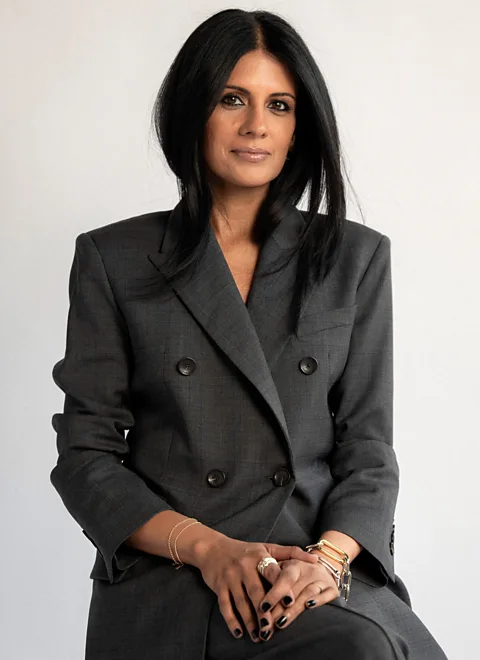 Clemence Poles
Clemence PolesVestiaire doesn't just deal in vintage goods. It also offers a thriving database of designer clothes, shoes and accessories that are sometimes just a few seasons old. A quick scroll through the site's new arrivals shows a pristine bodysuit from Khaite with the tags still on, a pair of worn-once Dior heels, and a Loewe bag that could have come straight from the showroom floor. Buying these gently used pieces can certainly save you money – about 50% to 70% of the retail price, in most cases – but it can also save some stress on the planet.
"Buying a secondhand garment extends its life cycle by an average of 2.2 years," Virk tells the BBC, which means new clothes don't have to be produced as quickly, and old ones stay out of the waste cycle for longer periods of time. "But of course, shipping clothes around the world does take up energy," she says. "Just not nearly as much as manufacturing a whole new pair of shoes."
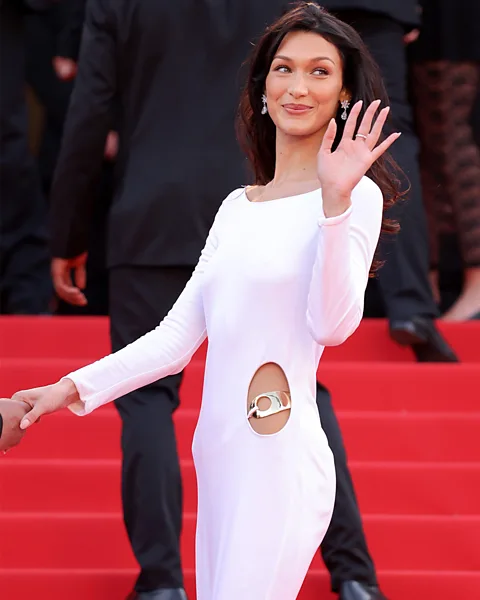 Getty Images
Getty ImagesIn Virk's view, Vestiaire is a better option within a broken consumer system. It's also a dopamine button for shoppers who love the thrill of the hunt. "You scroll around and suddenly you see this dress you dreamt about, or you remember seeing on a celebrity," she says. "But because the cost is lower, you can have it. It's a bit like those designer collaborations with brands. Vestiaire is bringing that access a bit more down to earth."
Reality check
Before you get too excited, a reality check: Designer stuff on Vestiaire may be priced less than retail, but it's still not cheap. Miu Miu sunglasses run at about $330 USD (£252); a Vivienne Westwood velvet corset top is about $630 (£481). Shoppers also need patience to find bargains; the downside of Vestiaire's extensive archive is that it requires a lot of scrolling (and scrolling, and scrolling…) to hone in on your dream wardrobe.
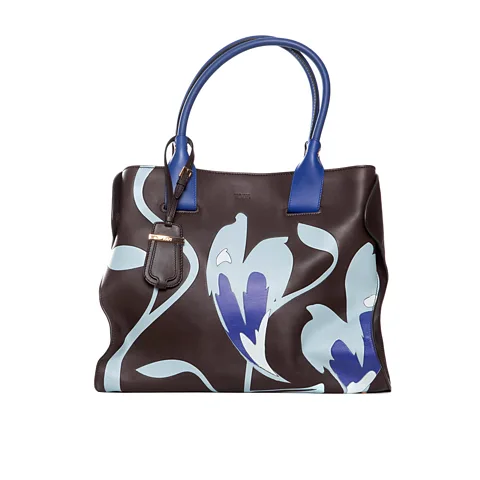 Vestiaire Collective
Vestiaire CollectiveTo keep those dreams from turning into nightmares, Vestiaire trains and employs almost 100 "authenticators" worldwide to verify designer provenance. Many of them previously worked at the luxury brands sold by the site, and have intimate knowledge of designer hallmarks like stitching, leather quality and hardware (that's the metal clasps and zippers that come on most handbags and shoes). Still, the only absolutely surefire way to know your Chanel flap bag was made by the vaunted French marque is to buy it at their boutique. But plenty of shoppers like the odds that Vestiaire, and other resale sites like RealReal and Fashionphile, offer. "We know trust is non-negotiable," Virk says. "We won't sell it if we don't believe in it."
Virk began believing in fashion early. As a Pakistani-American teen in Michigan, she used it to help merge her parents' culture and her own. "I grew up in this dichotomy of, 'How do I balance my parents' culture, which they really want to make sure I retain, with being an American teenager?' So I took my mom's sewing machine," she says, "and I started making these traditional Pakistani clothes using modern American fabric. This was the 90s, so I would use all those cool floral prints that you'd see on girls on TV. It came out of the fact that I was living in the middle of two cultures. And the way I figured out how to bridge them was through fashion."
The Changing Room
The Changing Room is a column from the BBC that spotlights the fashion and style innovators on the frontlines of a progressive evolution
In August, Virk helped Vestiaire build another bridge: one into Netflix's hit TV show Emily in Paris. The show's use of designer fashion has seized the collective imagination of fashion fans. But though the show’s outfits are famously fabulous and over-the-top, Virk knew Vestiaire's paid involvement had to feel grounded in the storyline.
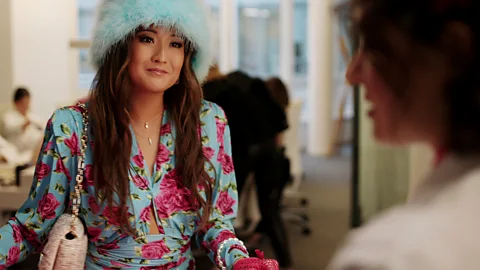 Netflix
Netflix"It was important that if the characters were going to mention Vestiaire, the storyline made sense, and was authentic. It couldn't just be crazy and fabulous clothes, with no backbone." In the end, Vestiaire became a kind of fairy godmother for the wannabe pop star Mindy Chen, who in season four part one sells her designer clothes on the platform after going broke in pursuit of her dreams.
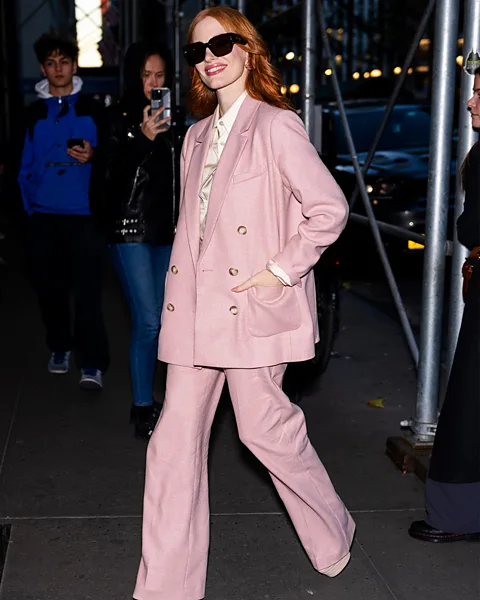 Getty Images
Getty ImagesMindy is a fictional girl, played brilliantly by the actress Ashley Park. Other celebrities, like Jessica Chastain, Julia Roberts and Kim Kardashian have sold their own designer hauls through Vestiaire, often as part of a charity sale. Other stars and their stylists have also been known to sell past red-carpet looks on the platform – they just keep it a secret to make the transaction tidier.
Virk can't divulge those celebrity sellers out loud – but if she did, maybe it wouldn't be quite as exciting to hunt around the site, then wonder if the $150 Loewe sweater you just bought was actually the same one Zendaya wore in Challengers. "It's part of the fun of resale," says Virk. "You never know whose clothes you might end up wearing."
--
If you liked this story, sign up for The Essential List newsletter – a handpicked selection of features, videos and can't-miss news, delivered to your inbox twice a week.
